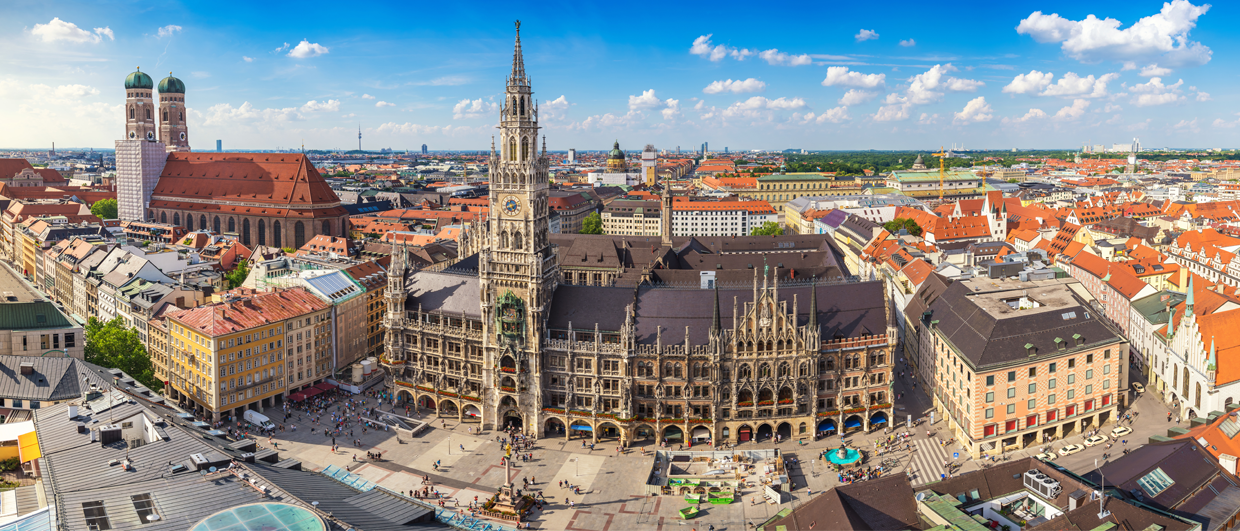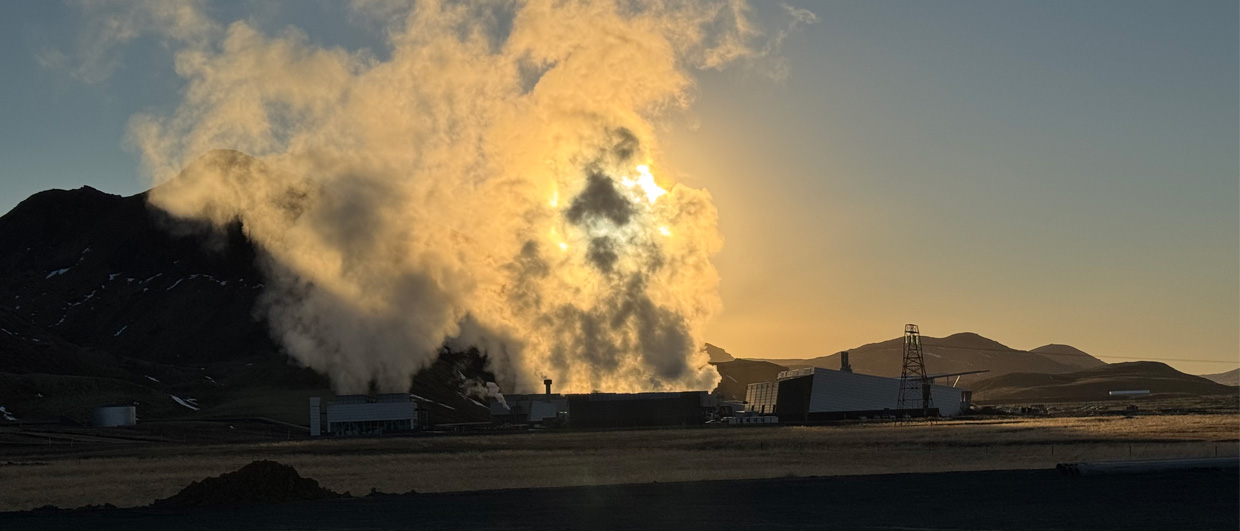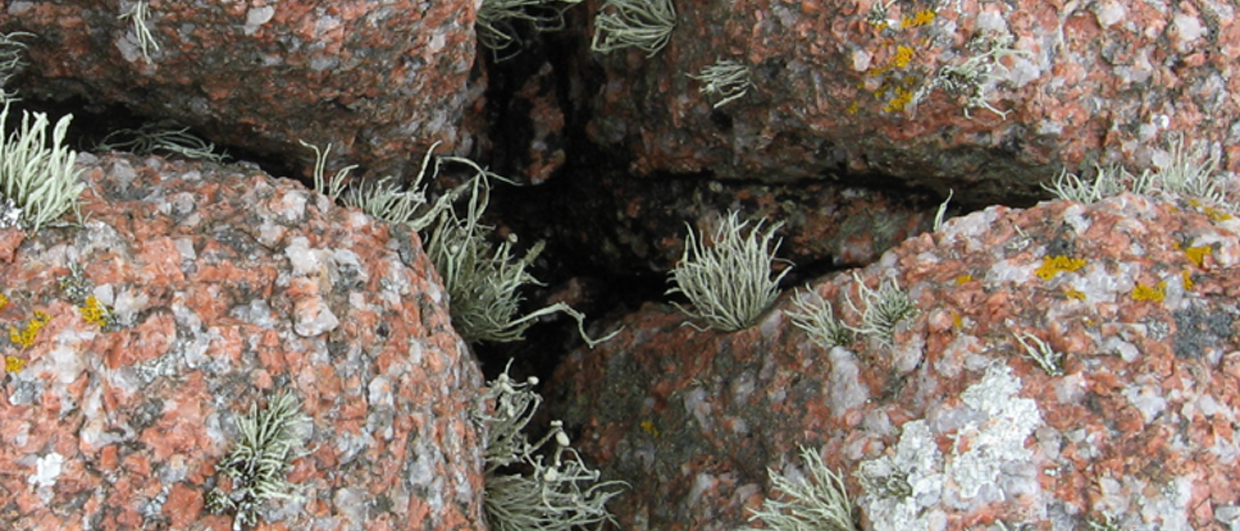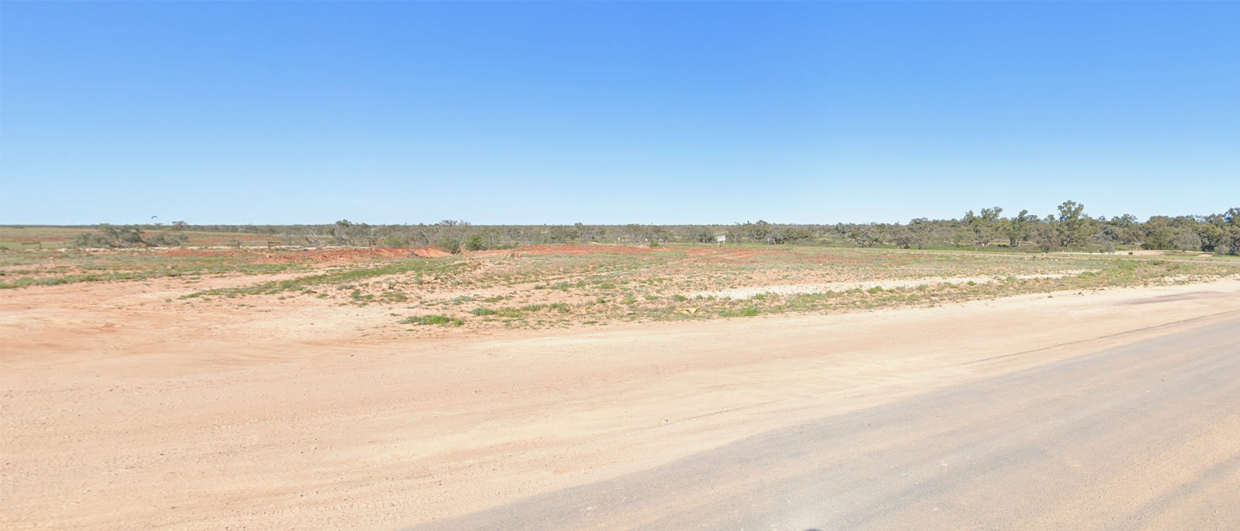The city of Munich is blessed with a very permeable succession of Quaternary sediments that enables a high and consistent supply of groundwater flow. As such, there is great potential for renewable heat supply through thermal groundwater utilization. Currently, there are more than 3,000 such systems in Munich, with a total thermal output of approximately 300 GWh. The city is now looking to expand that further.
However, the required minimum distance between the extraction well and the discharge well must be observed to avoid thermal breakthrough. This minimum distance is usually estimated at 10 m. In addition, in order to drill a well, a certain distance must be maintained from the neighbouring property and the building itself. These conditions reduce the available space for duplicate wells in a groundwater heat pump system, which results in some houses being unable to meet the minimum distance needs. This is illustrated in the illustration here.
In order to increase the utilization of these systems, the Technical University of Munich, the Munich Public Utilities, and the City of Munich are now investigating the extent to which efficient use of the thermal groundwater resource is also possible via single-well systems. The single-well system is a groundwater heat pump that feeds groundwater into the same well from which it was previously extracted.
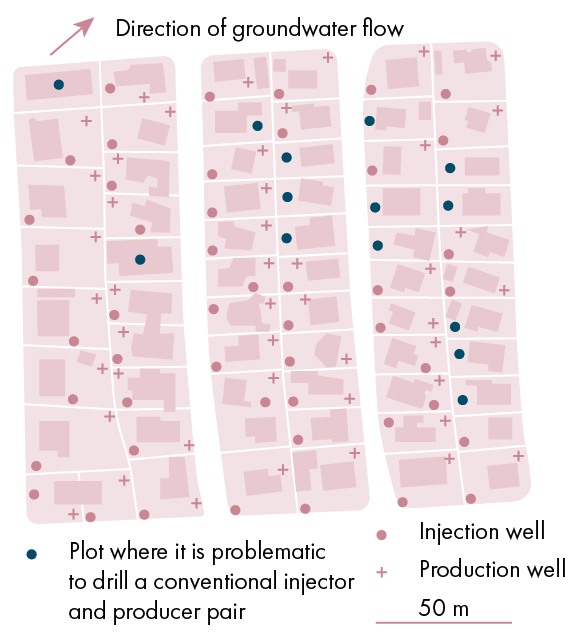
This solution eliminates the need for two wells and allows drilling in more confined spaces. It also saves investment costs during installation. However, it is important that the system’s efficiency is still maintained and that the production temperature is not negatively affected by re-injection. For that reason, the vertical distance between the production and injection filters is usually chosen to be as large as possible.
In addition, in most cases, an impermeable layer needs to be in place between the production and injection intervals to prevent cross-flow. However, the hydrogeological conditions in Munich are characterized by very high hydraulic conductivity and flow velocities of 5-20 m/d, which means that the injected temperature anomaly near the well usually flows downstream without significant vertical mixing. In turn, this negates the need for a separating barrier.
It is anticipated that in large areas of the city, the heating needs of single-family homes can be met with single-well systems. In some particularly suitable areas, withdrawal rates greater than 10 l/s are probably possible.
Because of this, in collaboration with the municipal utilities, the city, and the Technical University of Munich, it was decided to implement a pilot plant in Munich as the next step in order to verify the numerical and basic data-based results achieved in reality. A site has already been selected for this purpose, and implementation of the project has begun.
This article is largely based on a publication in Technik Geothermie by Kai Zosseder et al. (11-2024).

